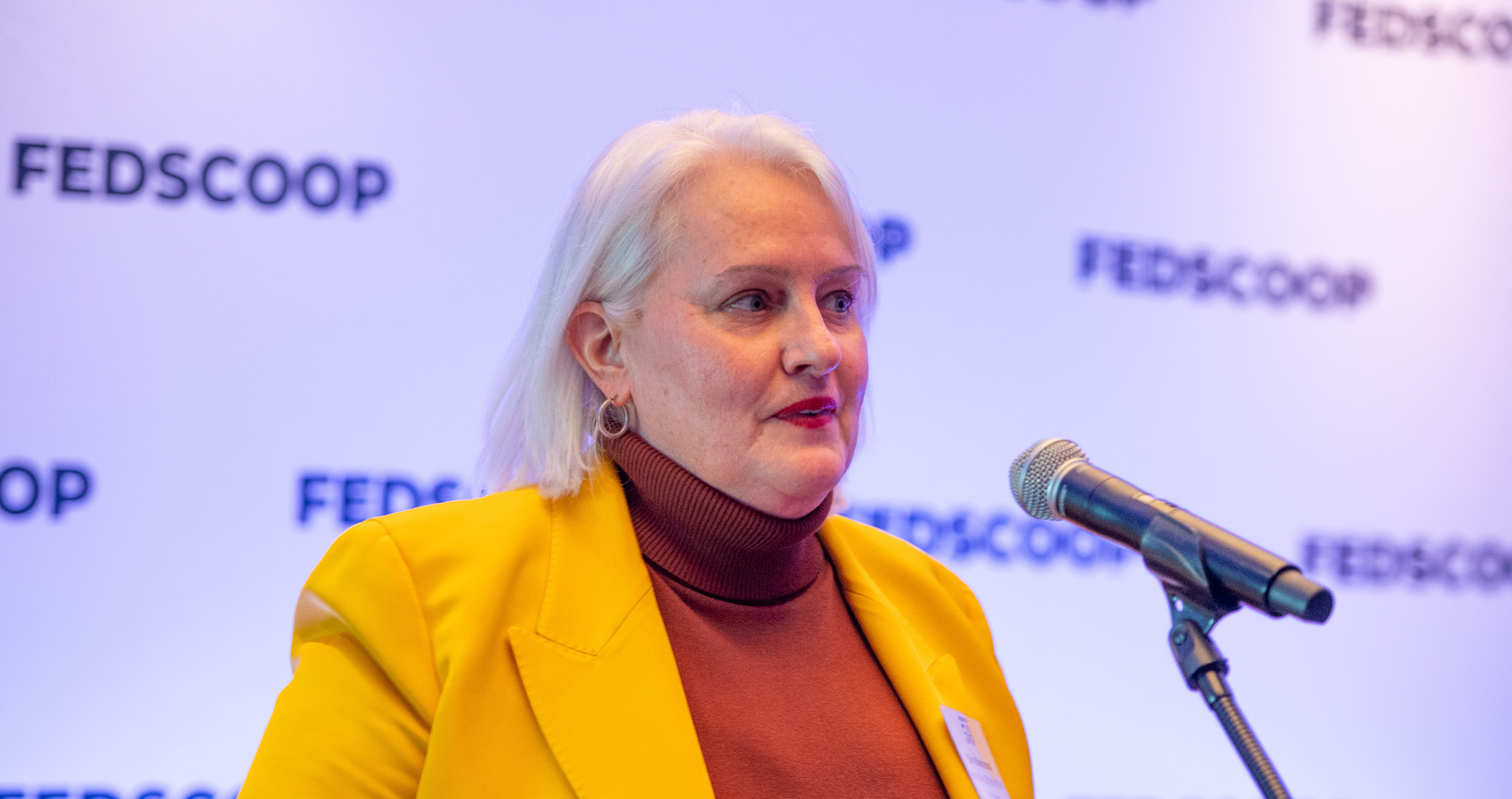The Technology Modernization Fund on Tuesday announced four new investments, totaling $50.2 million, aimed at meeting user needs for housing and enhancing Social Security Administration operations.
This round of TMF investments will enable the Department of Housing and Urban Development to modernize the agency’s digital infrastructure and keep up with cybersecurity needs, and allow the Social Security Administration to digitize documents and forms, update beneficiary notifications and use artificial intelligence to support disability claims processing.
In a press release from the General Services Administration announcing the investments, federal CIO Clare Martorana said the “SSA has been burdened by paper processes for too long, impacting their ability to upload documents, adjudicate claims online, and communicate digitally with their customers. HUD recognized the need to bolster their security posture to protect their critical mission and presented a sound technical plan to achieve success.”
HUD will put its $19.6 million award toward an Enterprise Identity, Credential and Access Management (EICAM) solution to strengthen security governance, enhance system access controls, and improve customer satisfaction. The investment into EICAM, which will also include the decommissioning of legacy systems, follows a “successful pilot” from HUD for the same program, and “represents a follow on TMF investment, taking a smaller scale TMF investment and bringing their success agency-wide,” per the press release.
HUD’s current digital infrastructure, deemed “inefficient” and unable “to keep pace” with security threats and user needs, includes the management of 230 system applications accessed by approximately 10,000 internal users and 540,000 external users.
Gregg Kendrick, HUD’s chief information security officer, said in the release that “through the EICAM project, we are not just upgrading technology; we are transforming our organizational culture to prioritize security and efficiency at every level.”
SSA, meanwhile, is the recipient of $30.4 million for three different projects.
The majority of the funds ($19.5 million) are going toward the digitization of forms and documents by transitioning to a service that features electronic signature capabilities and a “robust” online document upload platform. The change is part of an effort to reduce the SSA’s paper mail volume by roughly half and could save customers almost 1.3 million hours in travel time by 2028.
Additionally, SSA is using $1.9 million to use AI to enhance its National Case Processing System and Intelligence Medical-Language Analysis Generation tool, along with some other key systems.
Brian Peltier, the agency’s deputy CIO and CAIO, said in the release that the “responsible use of AI helps by quickly analyzing case data and other information and providing our technicians with instant feedback on claims, resulting in faster and more accurate decisions for our customers.”
SSA plans on using AI to address the growing backlog of cases and shorten processing times. The TMF-funded upgrade is anticipated to provide adjudicators with “real-time feedback and decision support” that could save thousands of work hours annually.
The remaining $9 million from TMF to the SSA will go toward the building of new tools, modernizing backend systems and creating user-centered design guidance to enhance customer experience for those looking for information about their benefits. Currently, most notices are sent through the mail, which the press release noted “is expensive and increasingly not preferred by customers.”
SSA will use the investment to “simplify notice language” and “create more digital options for receiving notices.”

